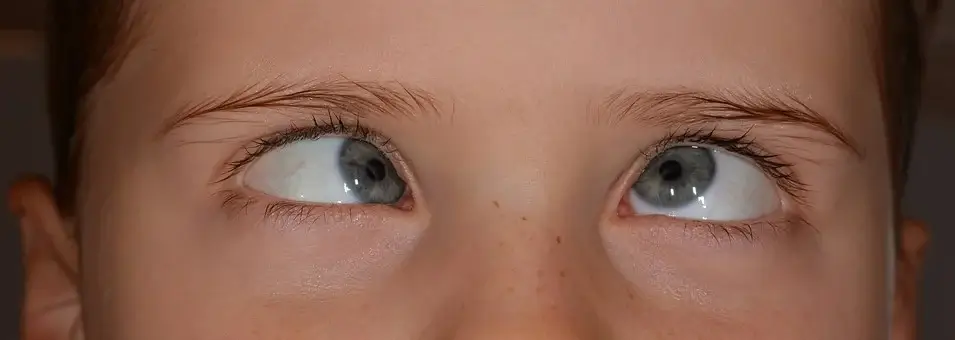What is squint (strabismus)?
Squint is a misalignment of the two eyes so that both the eyes are not looking in the same direction. This misalignment may be constant, being present throughout the day, or it may appear sometimes and the rest of the time the eyes may be straight. It is a common condition among children. It may also occur in adults.
What causes squint?
The exact cause of squint is not really known. The movement of each eye is controlled by six muscles. Each of these muscle acts along with its counterpart in the other eye to keep both the eyes aligned properly. A loss of coordination
between the muscles of the two eyes leads to misalignment.
Sometimes a refractive error hypermetropia (long sight) may lead to inward deviation of the eye. Poor vision in an eye because of some other eye disease like cataract, etc. may also cause the eye to deviate. Therefore
it is important in all the cases of squint, especially in children, to have a thorough eye checkup to rule out any other cause of loss of vision.
What are the problems with squint?
When the eyes are not aligned properly, each of the eyes is focusing on a different object and sends signal to the brain. These two different images reaching the brain lead to confusion and may have either of the two effects:
A child would ignore the image coming from the deviated eye, and thus sees only one image. But in the process, he loses the depth perception. This suppression of the image from the deviating eye results in poor development
of vision in this eye, which is known as amblyopia.
An adult can not ignore the image from either eye, and therefore has double vision. This can be very annoying and may interfere with work.
What are the symptoms of squint?
In a child, the parents may notice the deviation of eyes. It is important to remember that the eyes of a newborn are rarely aligned at birth. Most establish alignment at 3-4 weeks of age. Therefore squint in any child who is
more than one month old must be taken seriously and should be evaluated by an ophthalmologist.
Adults may notice double vision, or misalignment of the eyes.
How is squint diagnosed?
The squint is diagnosed by the ophthalmologist. He or she would do a few special tests to confirm the squint, to try and find out the cause and to quantify the amount of deviation. In some cases there may be a false appearance of squint due to broad nasal bridge in a child. An ophthalmologist will be able to differentiate between a true squint and false squint.
What is the treatment for squint?
The aims of treatment of squint in order of importance are: Preserve or restore vision. Either by surgery or without surgery.

